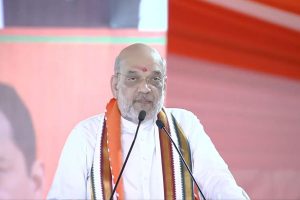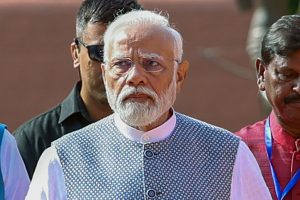Each of us has distinct mental pictures, thoughts, and attitudes when we hear the word “poverty.” Some of it is based on stereotypes, others on the media, and still others on our own life experiences. While these stem from varied viewpoints, they all converge in understanding that the effects of poverty surpass just missing a meal. Starting with chronic food insecurity, hunger and malnutrition, the impact on children’s education is undeniable. Children are significantly impacted by poverty.
It affects their educational opportunities and mental health. Statistics demonstrate that children who live below the poverty line have substantially lower odds of succeeding in school than their other classmates. Without proper education, many people are left jobless and forced to live in poverty for the rest of their life. This, in turn, lowers the standard of living and causes a bright student to miss the mark.
There are multidimensional reasons that display the impact of poverty on a child’s education. Lack of access to high-quality early experiences: Home is where education begins. In fact, several studies contend that listening to stories read aloud to a kid while they are still young helps them build their phonemic and cognitive abilities. Children from low-income households are less likely to be read to, which severely limits their ability to develop their abilities.
Additionally, parents who lack a formal education often downplay the value of education and are reluctant to “spend” money on schools. Multiple challenges in the early life stage: Children who live in poverty are frequently subjected to higher levels of intense stress that last longer. It has an adverse effect on their attention, fitness and focus, cognition, intelligence quotient (IQ), and social skills. Additional issues such as malnutrition, poor health, and others leave a deep impact on their cognitive ability.
It is quite evident that children of poverty are less reciprocal in conversations, engage in dialogues with less refined language and sentence structure, and also read less frequently. Limited role of Anganwadis: With almost 14 lakh operational Anganwadi Centres in India with a restricted role in imparting early childcare education.
Although Anganwadis are successful in facilitating nutrition and health services, they frequently fall short of providing children with a decent early education before they begin formal schooling.
The facilities are not just noted for their educational value; they are often mistaken for daycare facilities with meals and ancillary services. Additionally, inadequate infrastructure and amenities, coupled with inadequate training of the Anganwadi staff, acts as a hindrance in imparting quality education. Low digital access for poor kids: India faces significant inequities when it comes to access to education and the Internet.
Covid has not only highlighted the vast gap but has also increased it by manifolds. In order to stem the virus’s spread, lockdowns have kept 91% of students out of class worldwide. Among these, the marginalised children are most likely to never return to the classroom. With the world transitioning into a digital landscape, poor children are compelled to miss out on a lot of new phases of learning due to a lack of access.
WAY AHEAD Increasing access to technology: With the world rapidly moving toward a tech-savvy platform, bridging the access gap can go a long way. It is important to be moving to an accelerated learning framework to support competencybased learning, in other words, which is level based. Community engagement: At the local, state, and federal levels, there are several things that we as a community can do to lessen the impact of poverty on children.
Supporting human services organisations and non-profits who are creating literacy programs to better support low income families, setting up local libraries, and community resource centre, among others. can help in increasing access to a great extent. Government intervention: It must be the primary priority of government authorities.
There should be sufficient governmental policies to investigate and create programs that aid low-income families, ensuring that no child is restricted from getting access to quality early childhood education. The key to ending the poverty cycle is education in all of its forms. Although the link between poverty and education is nuanced, education encourages individuals to make wiser and healthier choices for their families, careers, and way of life. Even though access to education is a basic human right, many children from underprivileged and deprived backgrounds even today can only dream of going to school.











